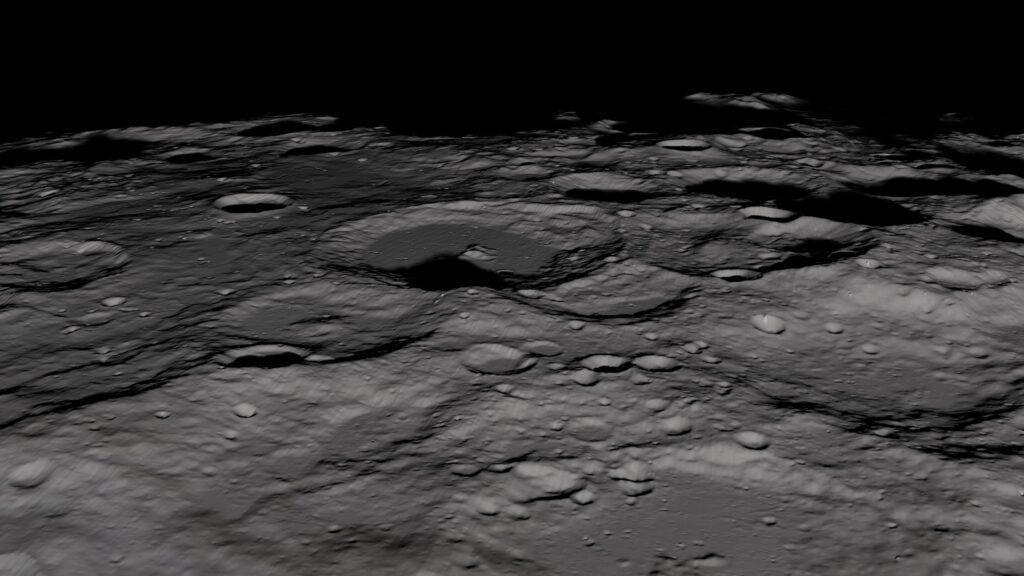American astronauts preparing for missions under the Artemis program have undergone specialized training to learn how to identify interesting features on the Moon’s surface. They were assisted in this endeavor by images obtained from the Lunar Reconnaissance Orbiter (LRO).

LRO Images
When the Artemis II mission astronauts fly around the Moon in 2024, they will be looking for intriguing objects on its surface. They recently completed training in identifying geological points of interest using images captured by the LRO.
The LRO has been operating in lunar orbit since 2009. During this time, it has taken an incredible number of images and measurements. As a result of these data, the Moon’s shape is now better known to humans. In fact, we know much less about Earth’s topography due to its surface being partially covered by water and ice.
However, acquiring data and extracting essential details from them are quite different. This is precisely what four astronauts learned during a week-long course. One of their tasks was to identify suitable locations for future landings using images obtained from orbit.
Since the final landing site for the third Artemis mission has not yet been determined, observations from orbit could be of great value. It’s quite likely that the astronauts flying around the Moon will discover something truly fascinating on its surface.
The Importance of Such Preparation
Experts in selenology (the study of lunar geology) pay significant attention to such astronaut training. The reason is that the Artemis III mission will likely be the first landing on another celestial body where experts will clearly know what lies beneath the spacecraft’s legs. In previous missions, there was always a risk of landing not occurring exactly as planned or finding uninteresting terrain at the landing site.
Discovering interesting rock formations after landing was a goal NASA attempted to achieve during the Apollo program. However, even the landing of Apollo 16 didn’t go as planned, for there was a different type of surface than originally intended. Now, efforts are being made to avoid such uncertainties.
Based on materials from phys.org.

